
Gangotri Temple is an ancient temple situated on the left bank of Bhagirathi River. The temple is nestled amidst the beautiful surroundings of deodar and pine trees. The temple is dedicated to Goddess Ganga and was built by a Gorkha General Amar Singh Thapa in early 18th century. In 20th century, Maharaja of Jaipur rebuilt the temple. It is the highest and the most important temple of River Ganga.
Gangotri is the origin of the River Ganges and one of the four sites in the Chota Char Dham pilgrimage circuit. River Ganges originates at Gaumukh in Gangotri Glacier, which is located about 19 km away from Gangotri town. As per legends, Goddess Ganges took the form of a river in order to absolve the sins of King Bhagiratha's ancestors, after his severe penance.
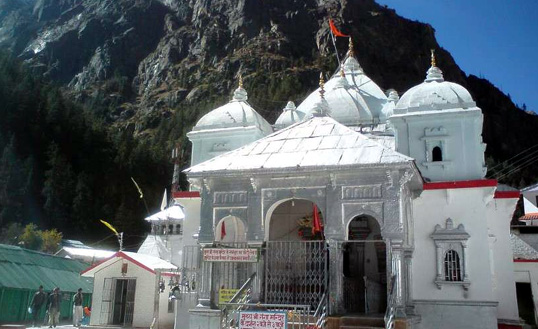
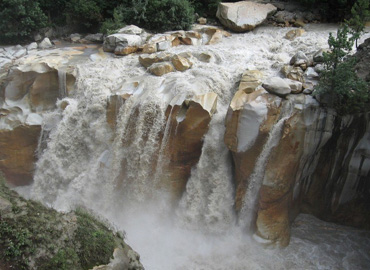
At a distance of 500 m from Gangotri Temple, Gauri Kund and Surya Kund lie on either side of an iron bridge near GMVN Tourist Bungalow in Gangotri.
Surya Kund is known for the Surya Kund waterfalls and is the most spectacular part of Gangotri. The Bhagirathi River falls spectacularly through deep gorges into downstream here. One has to cross an iron bridge to have a clear view of the magnificent falls. The waterfall with vibrant sounds at Surya Kund is a spectacular sight. Visitors could reach the waterfalls by taking the walkway past the Dandi Kshetra and Tapovan Kuti ashrams.
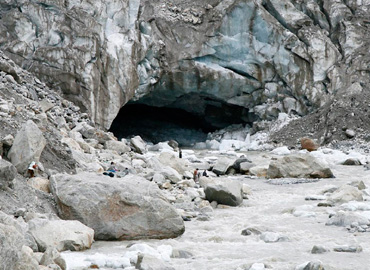
Gaumukh is the source of Bhagirathi River situated in Uttarkashi district of Uttarakhand. The word Gomukh literally means Face of a Cow because earlier the snout exactly looked like face of a cow. It is one of the trekking site near Gangotri.
omukh is one of the primary sources of the Ganges River. The sight of Gaumukh is incredible with Bhagirathi emerging out of an enormous cavern. The place is situated at a height of 13,200 feet and is the second largest glacier of India with 30 km in length and 4 km in width, first one being Siachen. The river is called Bhagirathi at the source and acquires the name Ganga from Devprayag onwards where it meets the Alaknanda.
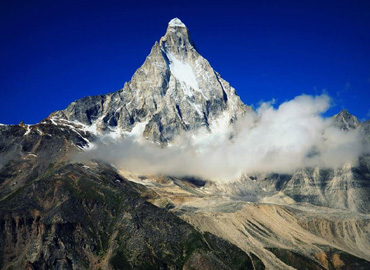
Tapovan is an area consisting of beautiful meadows at the feet of Mt. Shivling in Uttarkashi district of Uttarakhand. It lies at an altitude of 4460 m in Garhwal Himalayas beyond Gomukh.
Tapovan means forest of penance and as the name suggests it is actually a cold barren dry land suitable for offering penance. Tapovan area is full of meadows, streams and flowers. It is one of the most visited trails in Uttarakhand trekking. These meadows are considered as one of the best high altitude meadow in India. Tapovan area is base camp for several mountaineering expeditions including Shivling peak, Bhagirathi peak etc.
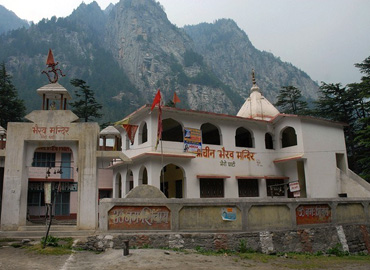
Bhairon Ghati is situated close to the confluence of Jadh Ganga and Bhagirathi River. The colorful Bhagirathi (Ganga) is seen at the Bhairon Ghati where it is joined by a blue river Jahnavi or Jadh Ganga coming from Neelong range. There is a Bhairav Nath Temple surrounded by dense forests at Bhairon Ghati which is worth visiting. This place is easily accessible by road.
According to mythology, Ganga left the matted hair of Lord Shiva and followed King Bhagiratha. On the way to Gangotri, it disturbed the sage Jahnu who was at the middle of the penance. Due to this, the sage was annoyed and took in the water flow with his thighs. It is believed Lord Shiva appointed Bhairon to safeguard this place and hence Bhairon temple exists nearby and the place is known as Bhairon Ghati.
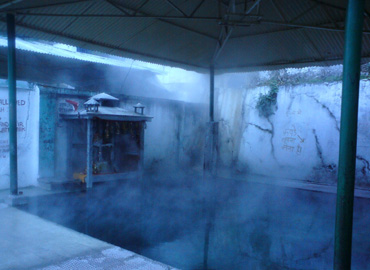
At a distance of 30 km from Harsil, 45 km from Uttarkashi and 52 km from Gangotri, Gangnani is a small town situated on the way to Gangotri in Uttarkashi district of Uttarakhand.
Gangnani is noted for its thermal springs and magnificent views of the Himalayas. The thermal water spring at Gangnani is called Rishikund. Most of the devotees take holy dip in this natural hot water spring before heading towards Gangotri. There are separate kunds for both men and women. A temple dedicated to sage Parasara, father of Veda Vyas situated close to the Kund. Being a perfect spot for meditation, Gangnani acts as an ideal retreat for the nature lovers and affords stunning mountain views.
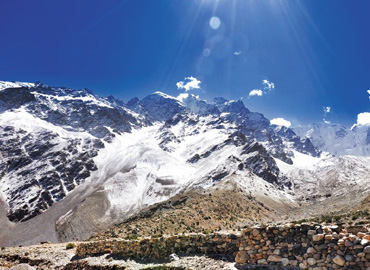
The Nelong valley is a valley situated inside the Gangotri National Park in Uttarkashi district of Uttarakhand. The unexplored Nelong valley, situated at an altitude of around 11,000 feet, has a mountain desert landscape similar like Lahaul-Spiti and Leh-Ladakh.
The valley had been closed to civilians since the 1962 Indo-China war, but before the war, it was the major corridor for Indo -Tibetan trade. The valley still contains some of the earlier infrastructure such as the Gartang Galion wooden bridge and the Lal Devta temple. The valley offers a panoramic view of the Tibetan plateau. Apart from the charming landscapes, Nelong Valley is also home to some of the important wildlife species like snow leopard, Himalayan blue sheep and musk deer.